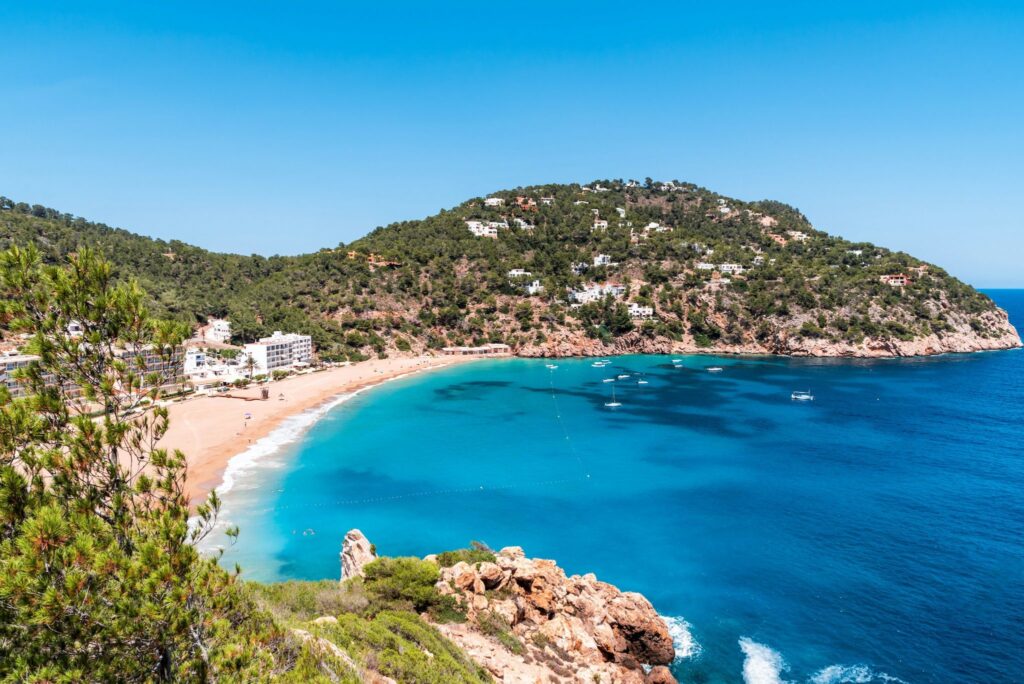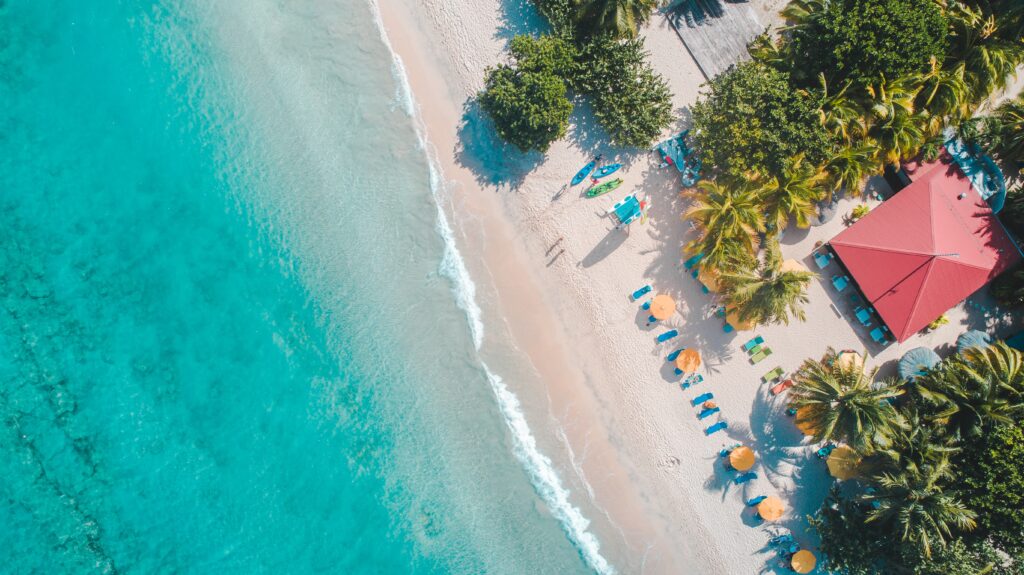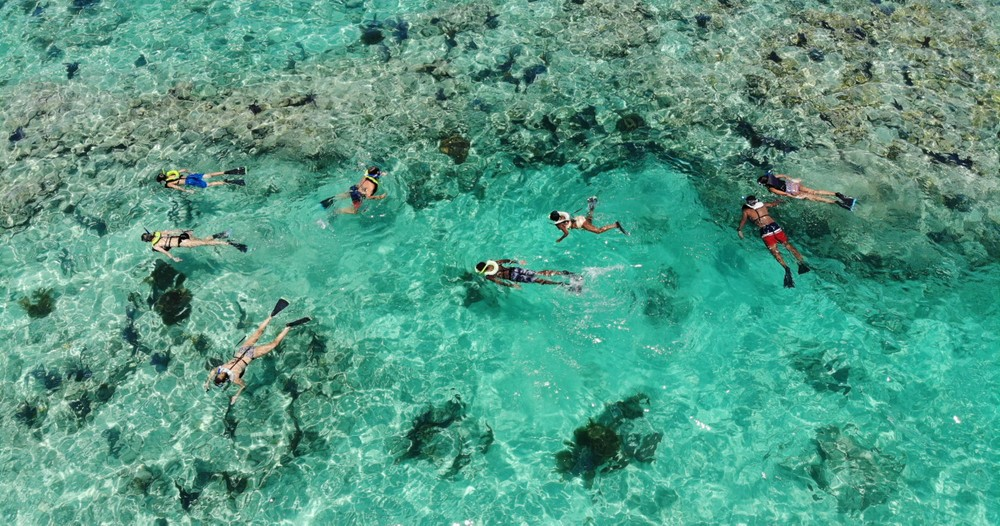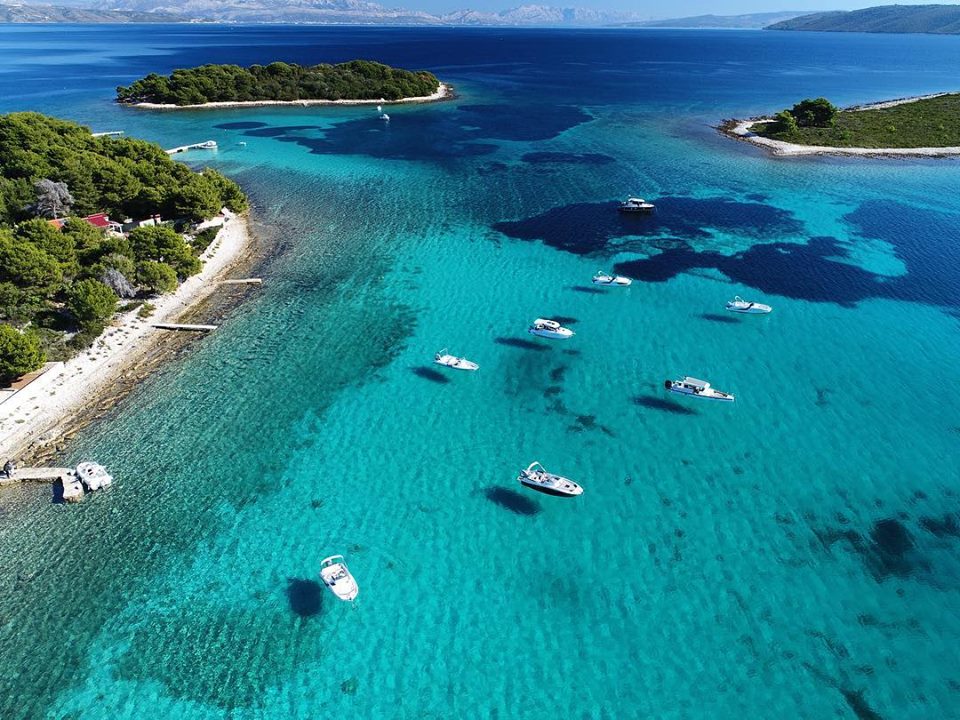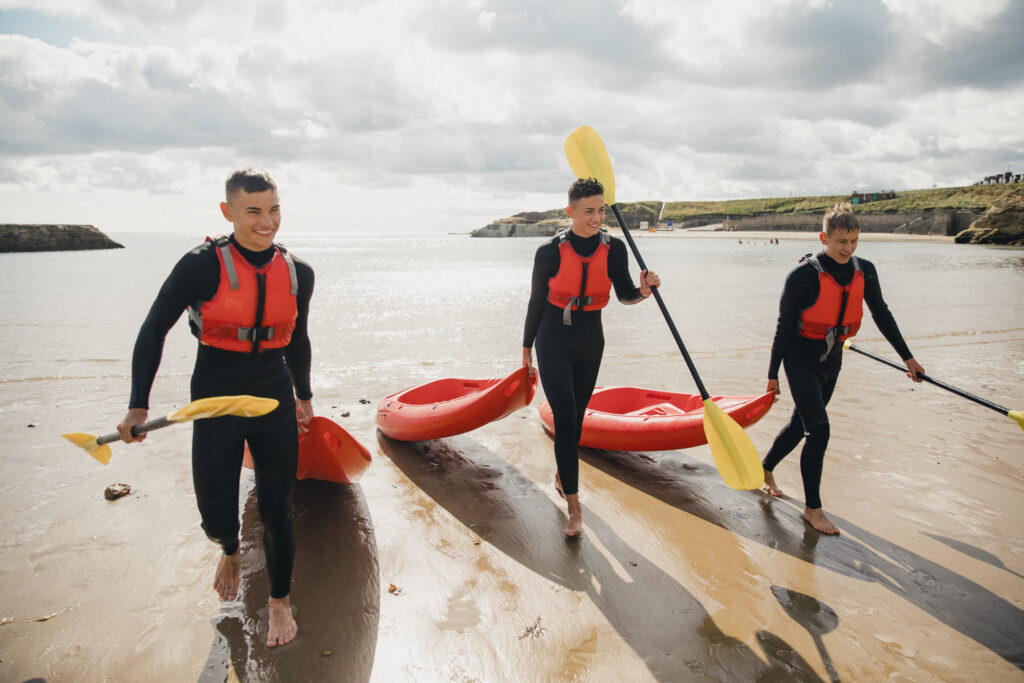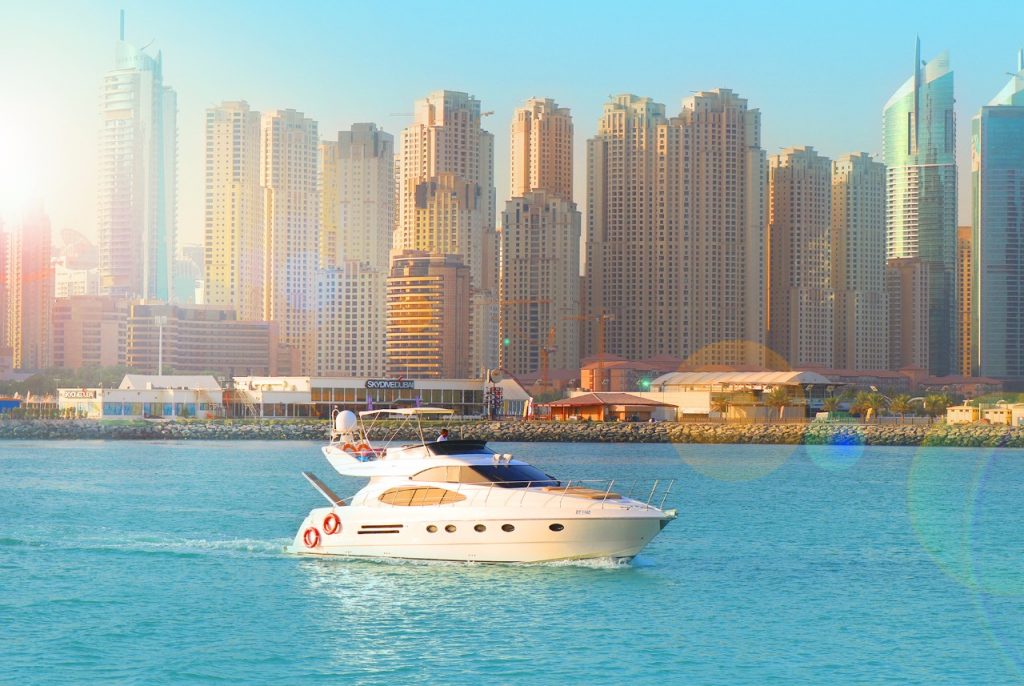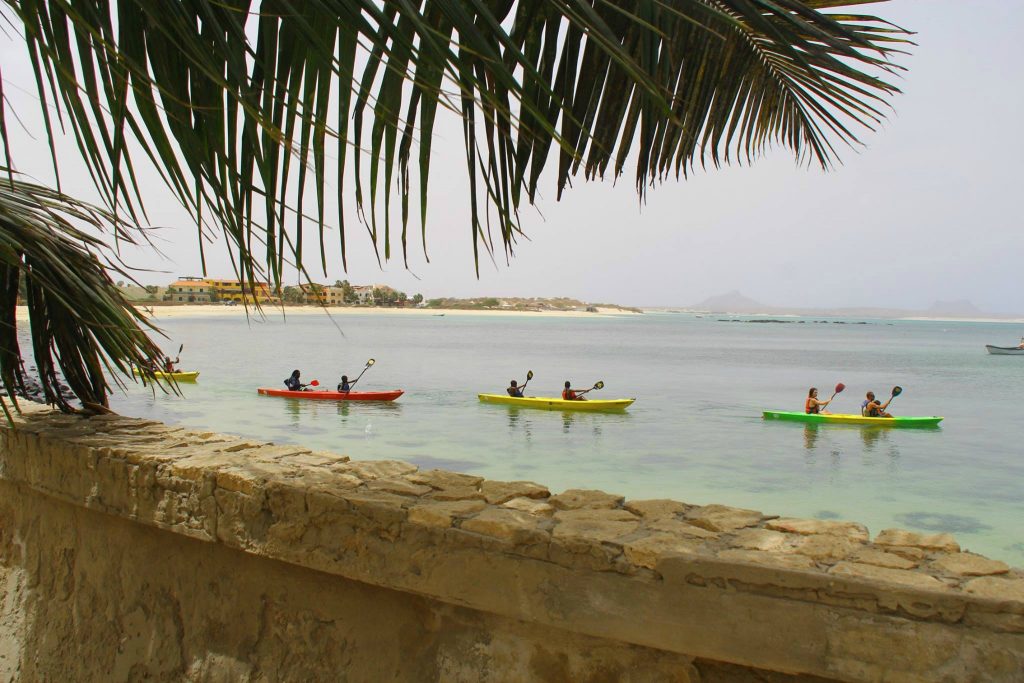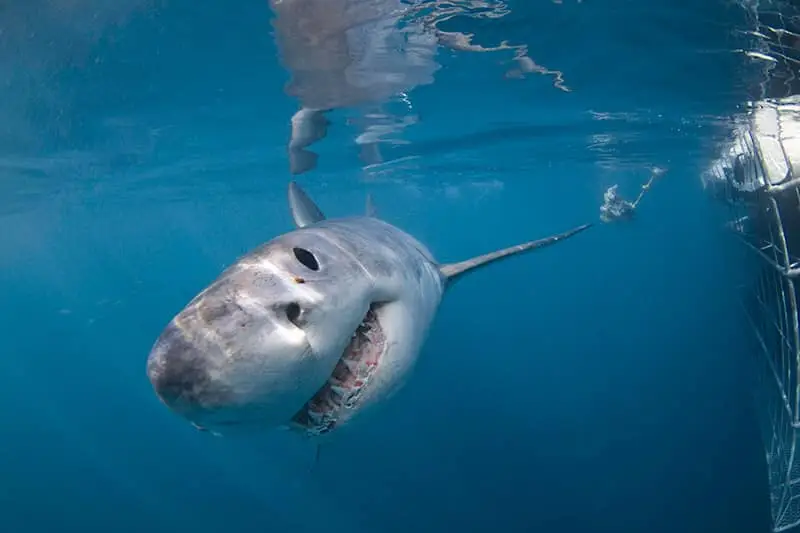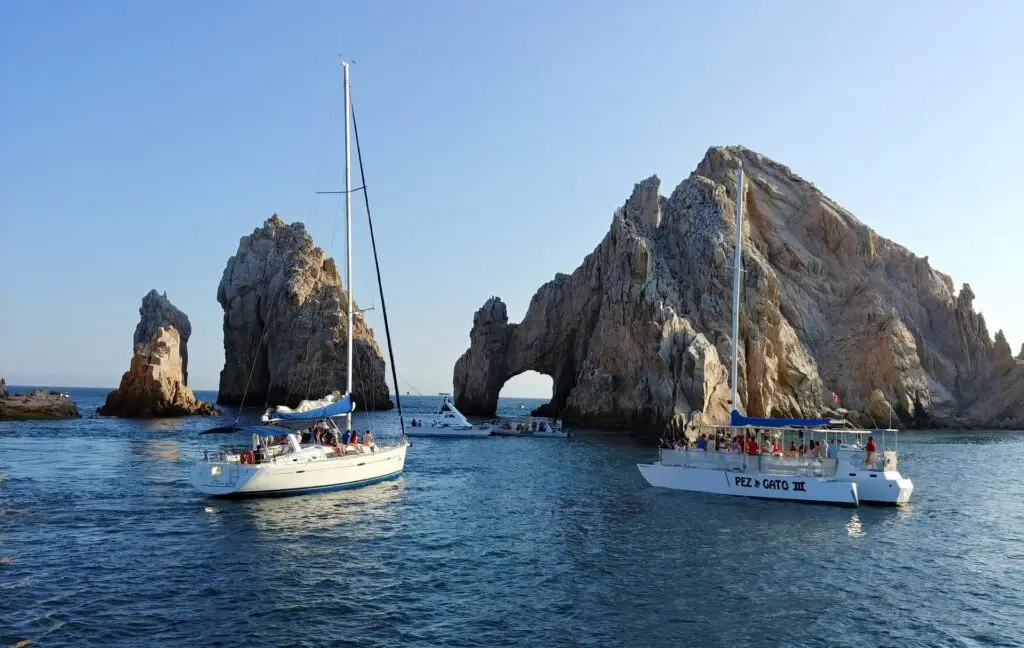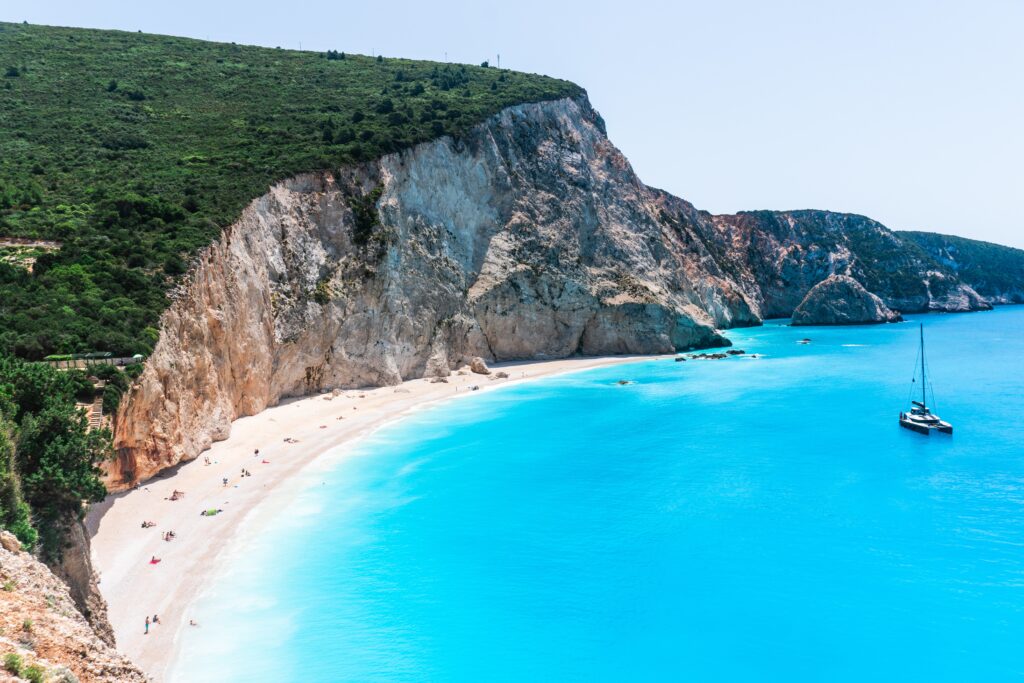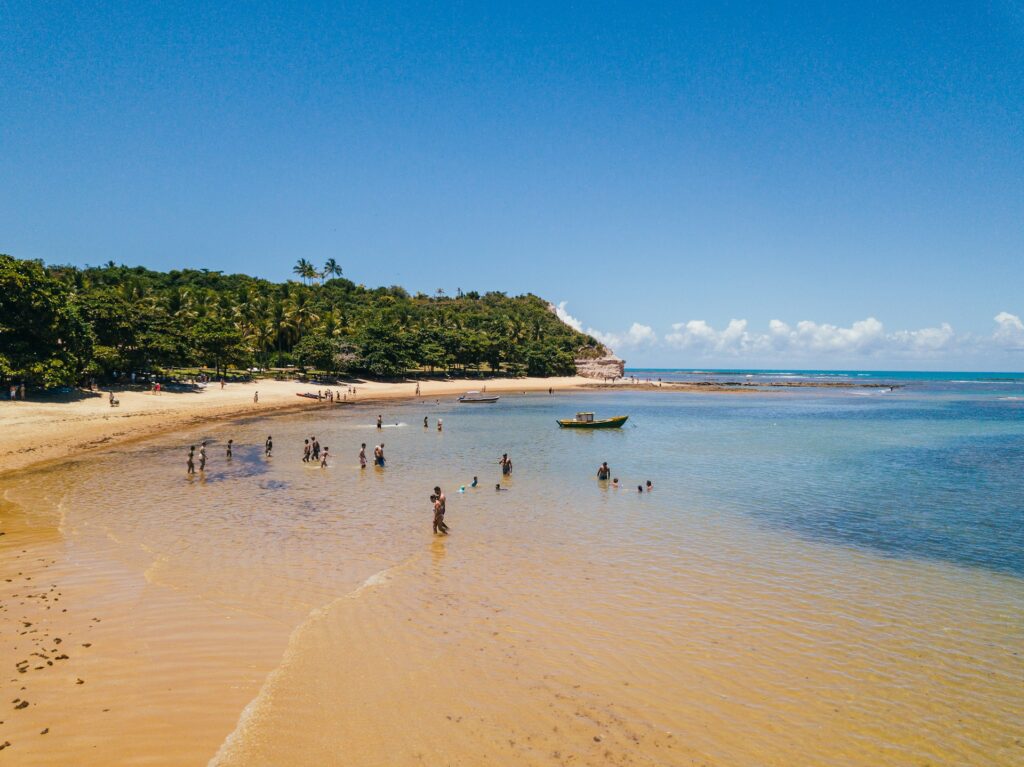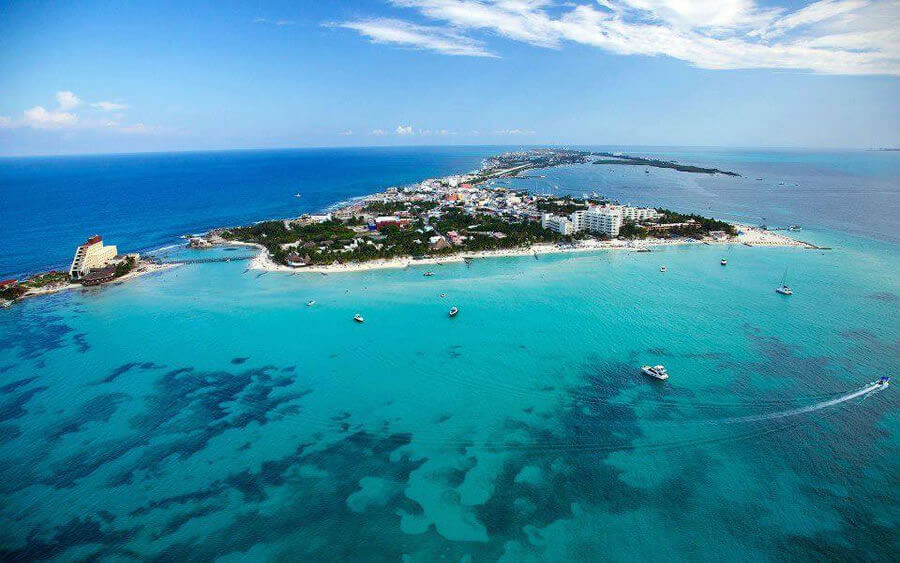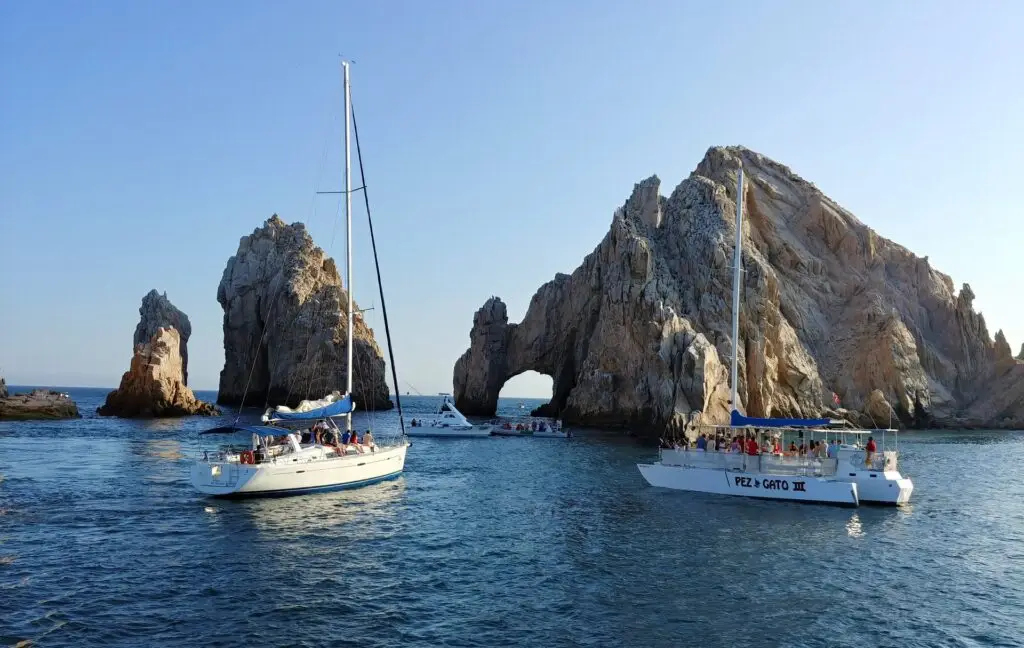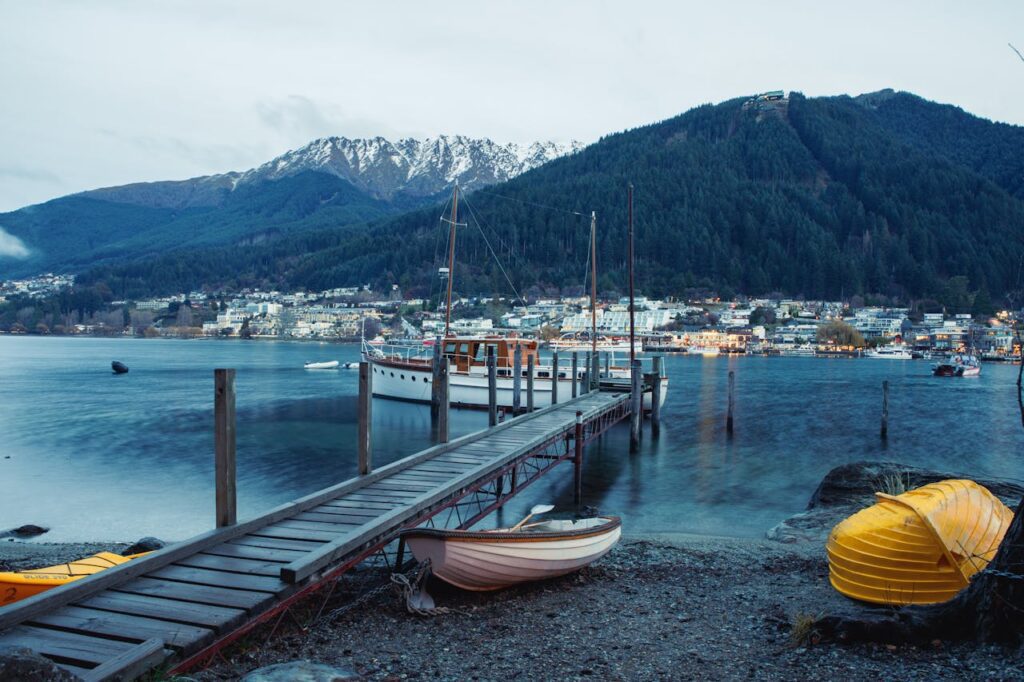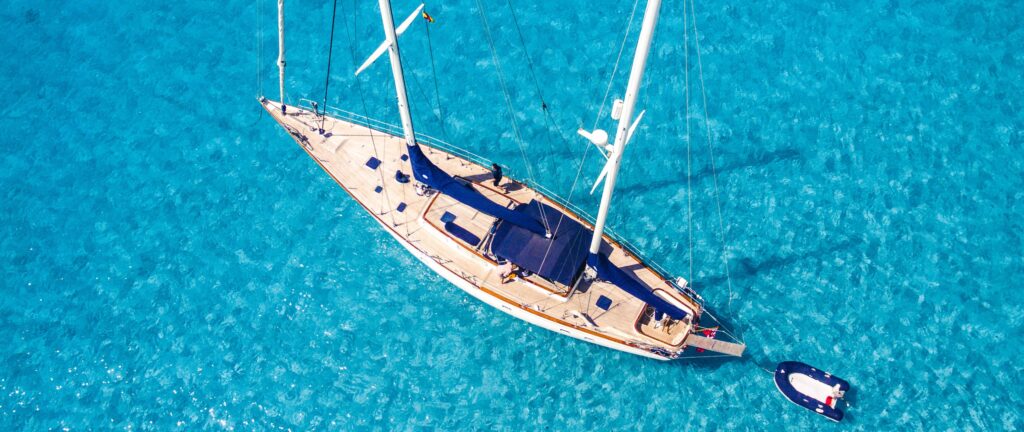Spain’s stunning coastline offers many ocean activities for tourists and locals alike. With over 3,000 miles of coast bordering the Mediterranean Sea, the Atlantic Ocean, and the Bay of Biscay, Spain is a water lover’s paradise. From sun-soaked beaches in the south to dramatic cliffs and verdant coves in the north, the diversity of landscapes beckons everyone to enjoy the refreshing waters.
Whether you want to swim and soak up the rays on a golden sand beach, learn to surf stellar breaks, go sailing on a glittering blue sea, dive vibrant reefs, reel in delicious fish, hike rugged trails above the coast, or savor mouthwatering seafood – Spain has it all. The abundance of ocean activities spread across the varied coastal regions provides endless options for aquatic adventure and relaxation. And don’t forget to consider travel insurance online to ensure your peace of mind during your Spanish escapades.
Beachgoing
Spain’s coastline stretches over 5,000 miles and has beautiful beaches that draw tourists worldwide. Some of the most popular beaches in Spain include:
- La Concha Beach (San Sebastián)—This sheltered crescent beach in the Basque Country is renowned for its clear waters and natural beauty. It is framed by mountains and overlooks the Bahía de La Concha. It’s a lively beach popular for swimming, sunbathing, and beach sports.
- Playa de Ses Illetes (Formentera) – The island of Formentera in the Balearics is home to some of Spain’s most pristine beaches, including Playa de Ses Illetes. This beach has soft white sand and calm, crystalline waters in shades of turquoise and azure. It’s an ideal spot for relaxation.
- Playa de la Barceloneta (Barcelona)—This urban beach has a festive atmosphere and is Right in the heart of bustling Barcelona. In addition to swimming and sunbathing, it’s popular for beach volleyball and has numerous restaurants and bars along the boardwalk.
- Playa de Bolonia (Tarifa) – On Spain’s southern coast in Andalusia lies the unspoiled beach of Bolonia. It has fine golden sand and is backed by sand dunes and pine trees. The beach is always open so it’s perfect for a tranquil beach day.
- Playa de las Catedrales (Galicia)—On Spain’s northwestern coast, this beach is renowned for its breathtaking rock formations and cliffs that resemble cathedrals. Only at low tide is the full expanse of the beach revealed, making it an unforgettable natural spectacle for beachgoers.
Swimming
Spain’s extensive coastline and abundant beaches make swimming a hugely popular activity for tourists and locals. The Mediterranean climate brings warm temperatures for much of the year, making swimming accessible almost year-round in certain areas.
Some of the most popular spots for swimming include:
- Costa Brava in Catalonia – With crystal clear waters and small coves, the beaches of Costa Brava are ideal for swimming. The water remains relatively warm compared to other areas.
- Balearic Islands – Mallorca, Ibiza, Menorca, and Formentera offer stunning turquoise waters perfect for swimming. The islands’ beaches are world-renowned.
- Costa del Sol in Andalucía – With many excellent beaches like those found in Marbella, Costa del Sol attracts swimmers looking to enjoy the warm Mediterranean.
- Canary Islands—The Atlantic Ocean and calmer inland seas provide opportunities for swimming around Tenerife, Gran Canaria, Lanzarote, and other destinations.
Many hotels and apartment complexes in coastal areas offer large swimming pools as an alternative to swimming in the ocean. Some regions have an abundance of natural pools formed by volcanic rock.
Swimming is a fun, refreshing way to enjoy Spain’s beautiful coasts. The Mediterranean climate makes it accessible throughout various regions for many months of the year. For those planning long-term travel to Spain, it’s advisable to consider securing comprehensive long term travel insurance to ensure peace of mind throughout your stay.
Surfing
Spain offers some of the best surfing in Europe with its extensive coastline and excellent waves. The north and northwest coasts of Spain that face the Atlantic Ocean provide the best surf spots, with waves up to 10 meters high.
The top surf spots in Spain include:
- Mundaka—Located in the Basque Country, Mundaka features one of the longest left-hand waves in Europe. The wave breaks over a sandbar and can reach 10 meters on big swell days. Mundaka hosts an ASP World Tour event every year.
- Zarautz – Also located in the Basque Country, Zarautz has multiple peaks and beach breaks that work well for all levels of surfers. It’s known for having the most consistent surf in Spain.
- Pantin – Situated in Galicia, Pantin offers hollow and powerful waves due to an abrupt, rocky seabed. The famous “Pantin Classic” surf competition is held here every year.
- Playa de Ris – On the northern coast of Galicia, Ris has barreling beach breaks and rocky reefs that produce excellent waves. It’s a popular surf spot for locals.
- Playa de Somo – Just east of Santander, Somo has fun peaks and sandy bottom waves suitable for beginners and intermediate surfers. It gets more swell than other northern spots.
- Alicante – Alicante is a great spot for beginners who want to catch their first waves during their holidays in the coastal town.
With its abundant surf spots and swell coming in off the Atlantic, Spain is a premier European surfing destination. The northern coastline provides the best surfing, but waves can be found all along Spain’s extensive coasts.
Sailing
Spain’s extensive coastline and ideal sailing conditions make it a top destination for sailing enthusiasts. The Mediterranean coast, Atlantic coast, and the Balearic Islands off the east coast all offer prime sailing territory.
The Mediterranean coastline provides sailors calm waters and scenic views. Popular routes include sailing along the Costa Brava in Catalonia, island hopping between Ibiza and Mallorca, and exploring the protected coves of the Costa Blanca. Several marinas catering to recreational sailors can be found along the Mediterranean coast.
The Atlantic coast offers exciting sailing opportunities, though conditions can be more challenging. Well-known routes include sailing along the wild Galician coastline and the Costa de la Luz in Andalusia. The Bay of Biscay sees competitive sailing races and regattas.
The Balearic Islands are a sailor’s paradise with predictable winds and short distances between islands. Sailing between Mallorca, Menorca, Ibiza, and Formentera allows for easy island hopping.
Several major sailing events occur along Spain’s coasts each year, like the Barcelona World Race, Copa del Rey in Palma de Mallorca, and Regata de Galicia. From local regattas to international contests, sailing competitions attract enthusiasts from around the world.
With plentiful marinas, sailing schools, charters, and optimal conditions, Spain’s diverse coastal areas offer remarkable sailing adventures for all experience levels.
